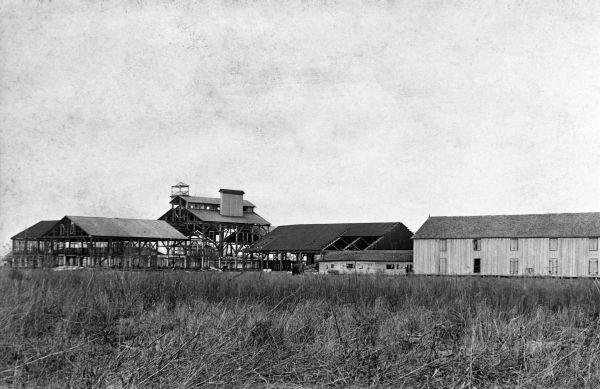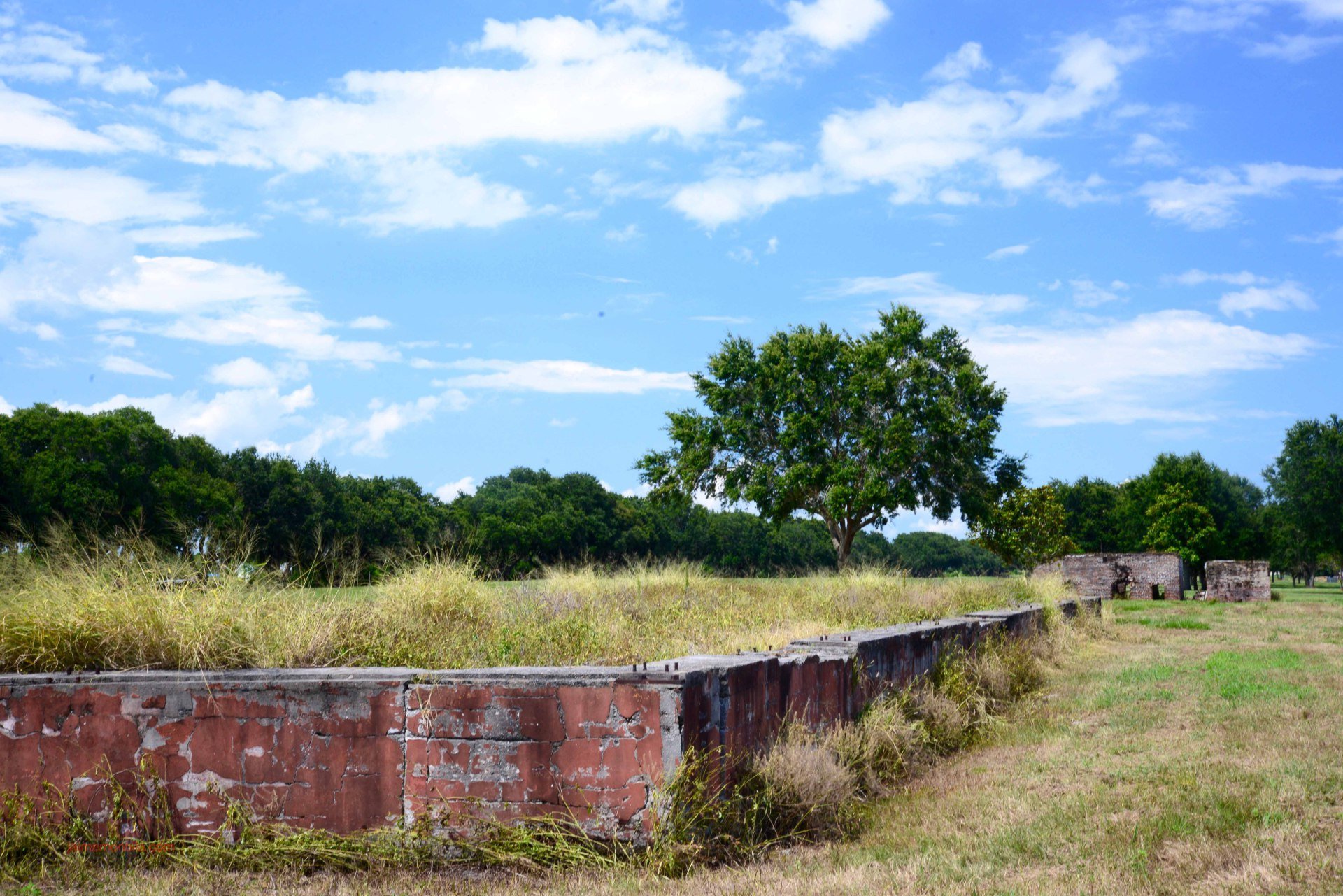
Disston Sugar Mill
The first successful sugar planter in Florida area was steamboat captain Rufus Rose who ca. 1883 planted sugarcane on rich muckland at the southern tip of Lake Tohopekaliga. Rose, who came to Florida as an engineer for the Disston Drainage Company, owned 420 acres of marshland of which he used 20 to plant sugarcane on on the east bank of the St. Cloud Canal.
On or around 1886-87 after Rose had increased the sugar plantation to 90 acres, Hamilton Disston, at the time and for many years thereafter considered the savior of Florida due to his cash transaction with the cash-starved State, bought a ½ interest in what later came to be known as Disston Sugar Plantation. Rose would later become the Chemist for the State of Florida and a staunch proponent of creating a sugar industry in the State.
Hamilton Disston was the heir to his father's Philadelphia saw-manufacturing company Disston Saw Works. He made a deal through the Disston Land Company with the cash-starved state of Florida in 1881 to buy 4 million acres of swamp land for a cash price of 25¢ an acre. The land comprised parts of 25 counties , with the largest contiguous portion extending from Ocala to just South of Lake Okeechobee. Disston's plan was to dredge a river highway from Lake Tohopekaliga to Fort Myers that opened Florida's vast interior for farms, railroads and real estate development.
In 1890, the federal government in hopes to slow Cuban sugar imports, paid Florida sugar producers a bounty of 2¢ a pound. Rose's success and the opportunity to collect a federal sugar subsidy was all the encouragement Hamilton Disston needed to, in 1885, establish an extensive experimental sugar plantation on drained lands around St. Cloud. The plantation was on 1,000 acres of muckland that had been cypress swamp and sawgrass along East Lake Tohopekaliga. Being part of Disston's promotional scheme to develop the land he had acquired, the plantation prospered for several years, consisting at its peak of the plantation planted with sugarcane seed from Cuba, the Disston Sugar Mill capable of grinding 200 tons per day and Disston's Sugar Belt Railroad which hauled barrels of sugar to Kissimmee's depot.
Disston gambled to take advantage of the subsidy. He reorganized his sugar operations as the Florida Sugar Manufacturing Co. capitalized with a $1 million bond issue, expanded the St. Cloud mill and acquired and planted an additional 36,000 acres of sugarcane. Rufus Rose argued with Disston that the sugar bounty would not last until 1905 as stipulated by Congress and wanted Disston to take a conservative approach. Disston's aggresiveness rattled Rose who soon parted, quitting as superintendent and selling his ½ interest in the Florida Sugar Manufacturing Co.
By 1892, Disston had produced more than 1 million pounds of sugar. His sugar investment as well as his land-sale campaigns which had reached throughout the United States and Europe, soured when cane borers and the freeze of 1894-95 damaged his cops. In addition, the financial Panic of 1893, the Tariff Act of 1894 and the repeal in 1894 of the sugar bounty all combined to doom Disston who had to mortgage his Florida property worth more than $2 million.
Hamilton Disston would commit suicided in Philadelphia at the of age 56 on April 30, 1896, most likely due to the economic burden he was dealing with. His heirs, consisting of his wife, a son and two daughters, had no interest in Florida and after his death. In 1901 creditors foreclosed on his Florida mortgage, some of the land was forfeited for taxes and the sugar mill sold to Cuban planters who moved it to Mexico.
Disston's was the first large scale sugarcane planting experiment in Florida and the first central sugar factory. Despite its failure, it demonstrated that sugarcane could be grown on drained land. It was not until 20 some odd years later that large scale sugar planting in Florida would resume in the mucklands of the Florida Everglades.














